A-24's, A-25's, A-31's, A-35's ...
Sat Nov 30, 2013 12:01 pm
Originally posted by Mark Allen. Images restored 11-03-2018. Scott WRG Editor
Per request ... lets see if I can put these together in some sort of groovy way. Sources: SDASM archives. (U.S. Air Force photos)
Sources: SDASM archives. (U.S. Air Force photos)
The U.S. Army Air Force had its own version of the SBD, called the A-24 Banshee. It lacked the tail hook used for carrier landings, and a pneumatic tire replaced the solid tail wheel. First assigned to the 27th Bombardment Group (Light) at Hunter Field, Georgia, A-24s flew in the Louisiana maneuvers of September 1941. There were three versions of the Banshee (A-24, A-24A and A-24B) flown by the Army to a very minor degree in the early stages of the war. The USAAF used 948 of the 5,937 Dauntlesses built. Wiki
Built at Curtiss' St. Louis plant, 900 aircraft were ordered by the USAAF under the designation A-25A Shrike. The first 10 aircraft had folding wings, while the remainder of the production order omitted this unnecessary feature. Many other changes distinguished the A-25A, including larger main wheels, a pneumatic tail wheel, ring and bead gunsight, longer exhaust stubs, and other Army specified radio equipment. By late 1943 when the A-25A was being introduced, the USAAF no longer had a role for the dive bomber, as fighter aircraft such as the P-47 Thunderbolt had shown their ability to carry out tactical air support missions with great success. Wiki
After offering the Shrike to Australia, only 10 were accepted before the Royal Australian Air Force rejected the remainder of the order, forcing the USAAF to send 410 to the U.S. Marines. The A-25As were converted to the SB2C-1 standard but the Marine SB2C-1 variant never saw combat, being used primarily as trainers. The remaining A-25As were similarly employed as trainers and target tugs.
The Vultee A-31 Vengeance was an American dive bomber of World War II, built by Vultee Aircraft. A modified version was designated A-35. The Vengeance was not used in combat by the United States; it did see combat, however, with the British Royal Air Force, the Royal Australian Air Force, and the Indian Air Force in Southeast Asia and the Southwest Pacific. The A-31 remained in service with U.S. units until 1945, primarily in a target-tug role. Wiki
After the U.S. entered the war following the attack on Pearl Harbor, a number of V-72 and A-31 aircraft were re-possessed for use by the Army Air Corps. As the Army Air Corps became interested in dive bombing, it decided to order production of an improved version of the Vengeance, designated the A-35, for both its own use and for supply to its allies under Lend-Lease. It was fitted with a more powerful Wright Twin Cyclone R-2600-19 engine and improved armament. As US Army test pilots disliked the poor pilot view resulting from the zero-incidence wing, this was "corrected" in the A-35, giving a better attitude in cruise but losing its accuracy as a dive bomber. Wiki
When production of the Vengeance was completed in 1944, a total of 1,931 aircraft had been produced.[7] The majority were produced at the Vultee plant in Nashville, Tennessee.

Douglas A-24 Banshee
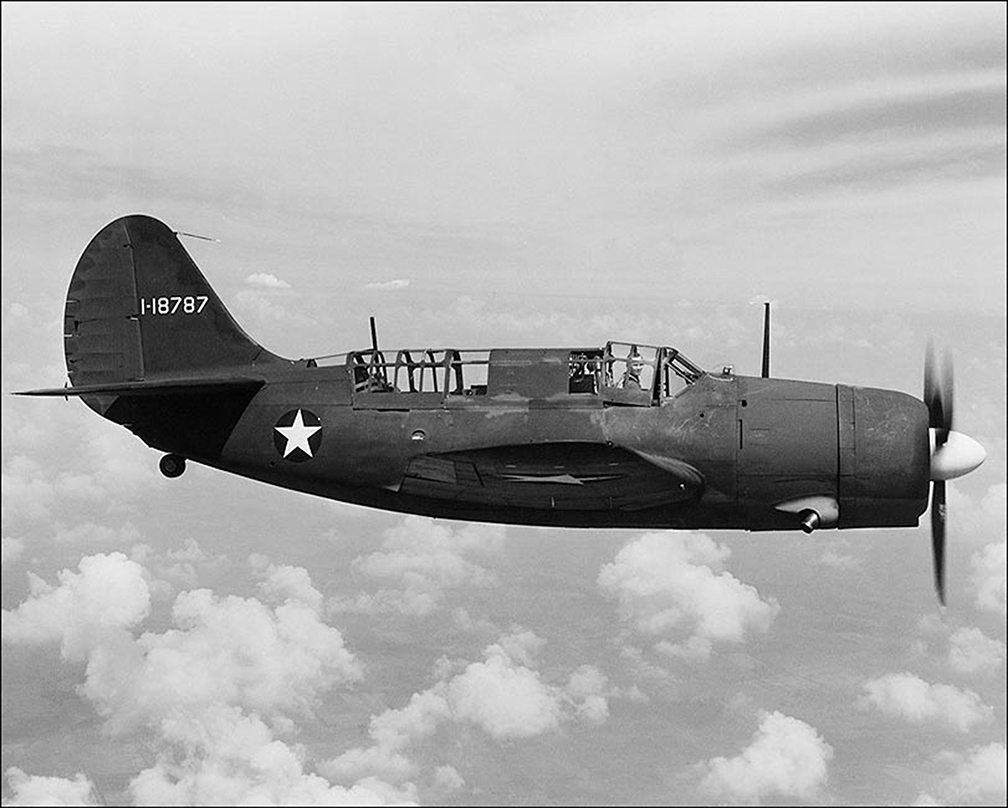
Curtiss A-25 Shrike

Vultee A-31 Vengeance

Vultee A-35 Vengeance
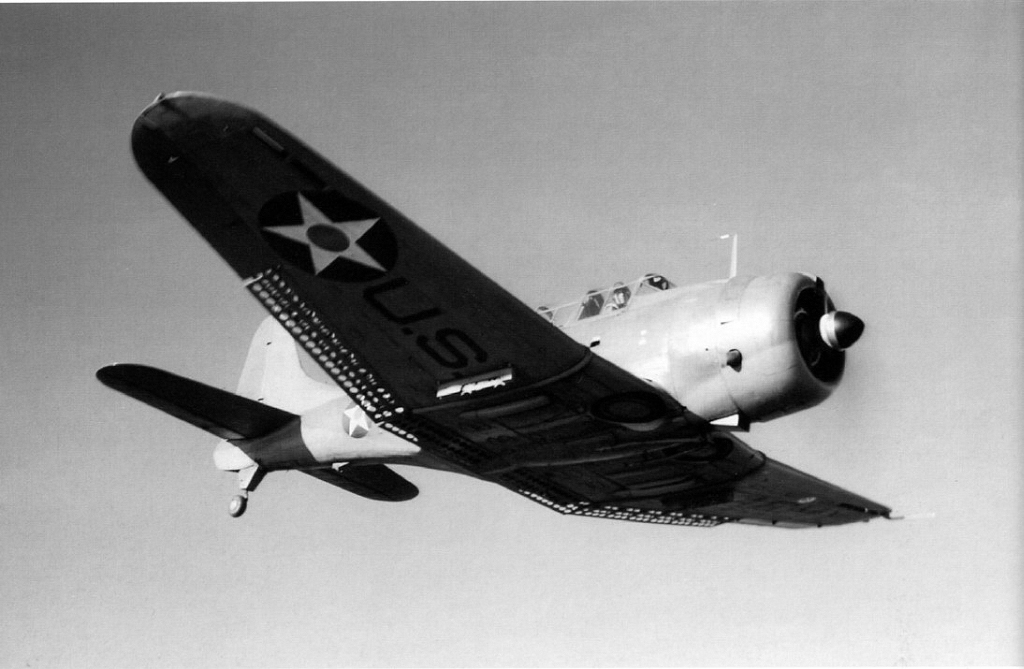
Douglas A-24B Banshee
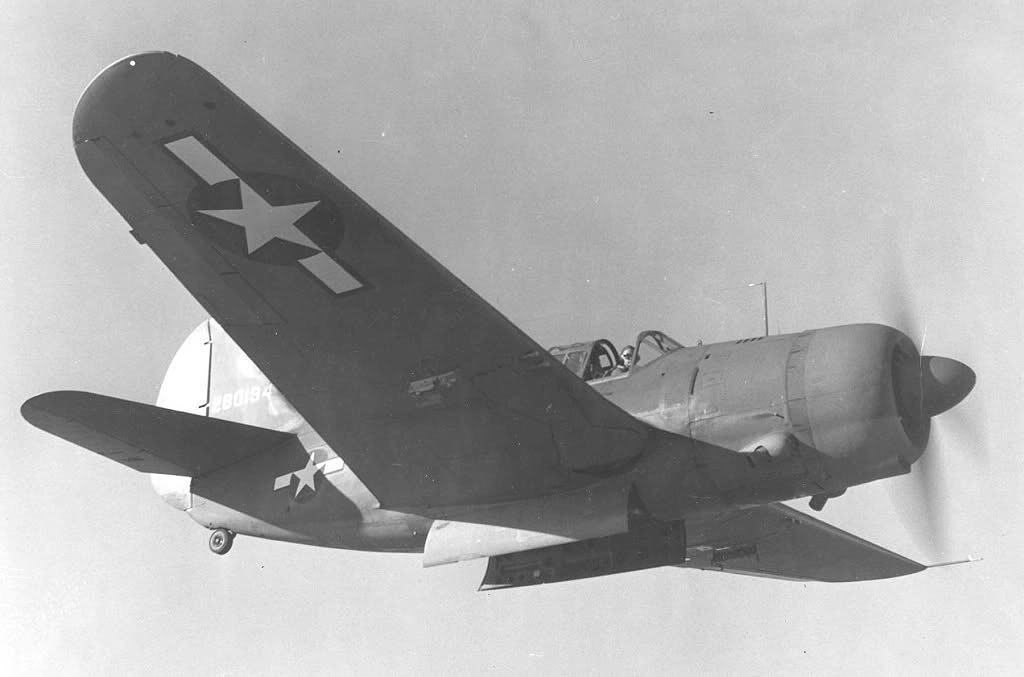
Curtiss A-25 Shrike
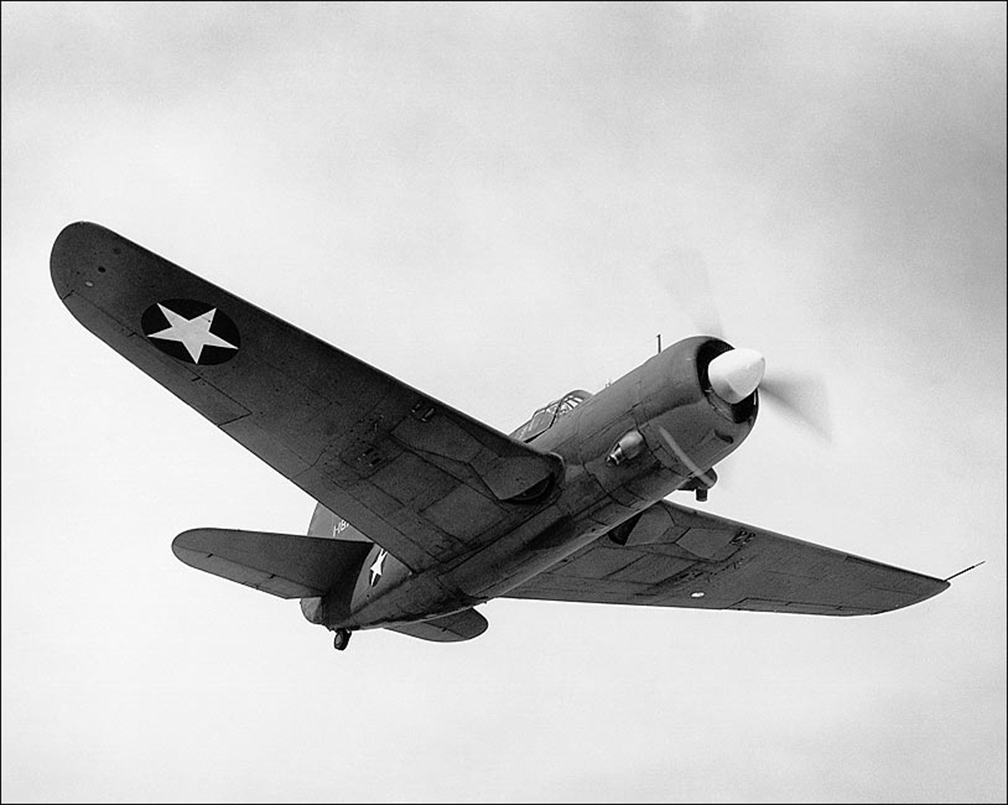 ]
]
Curtiss A-25 Shrike
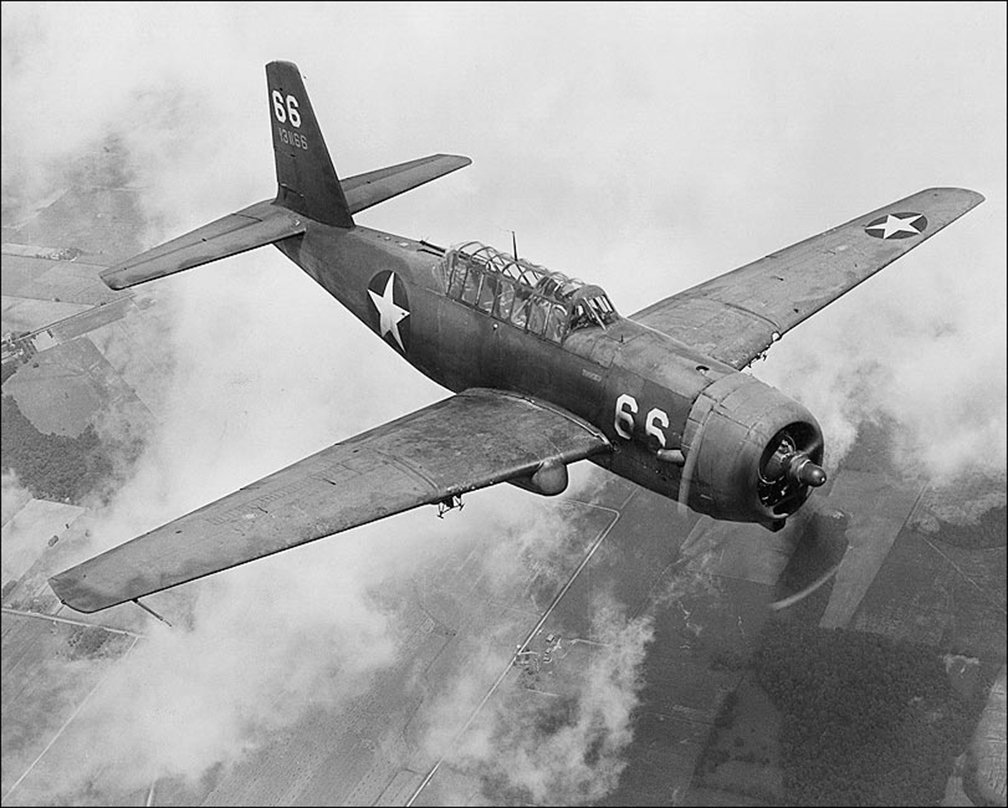
Vultee A-35 Vengeance
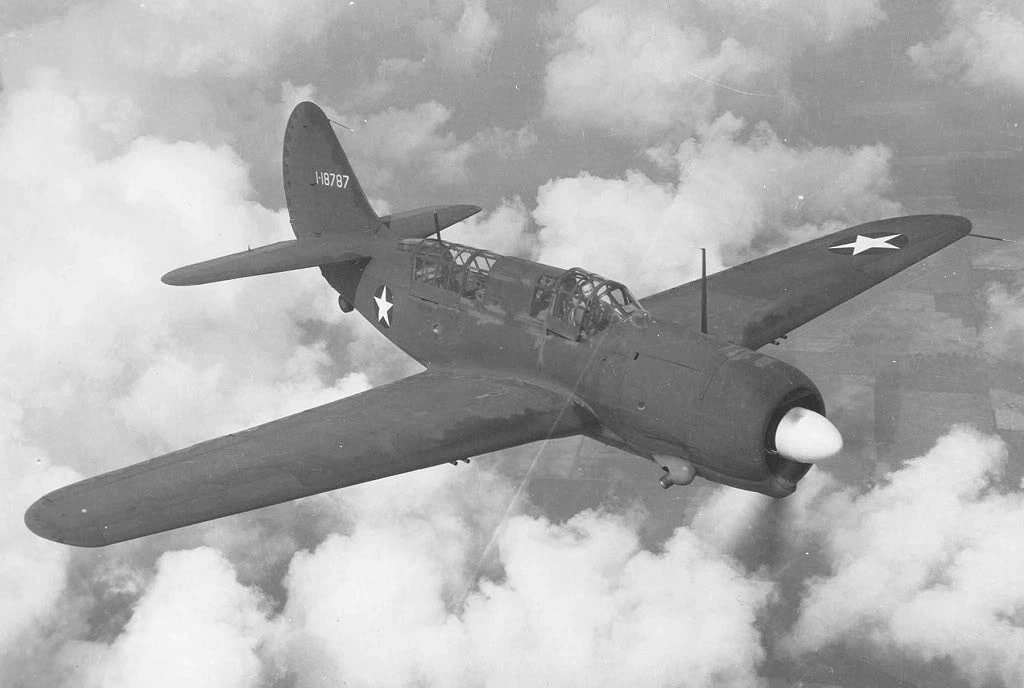
Curtiss A-25 Shrike
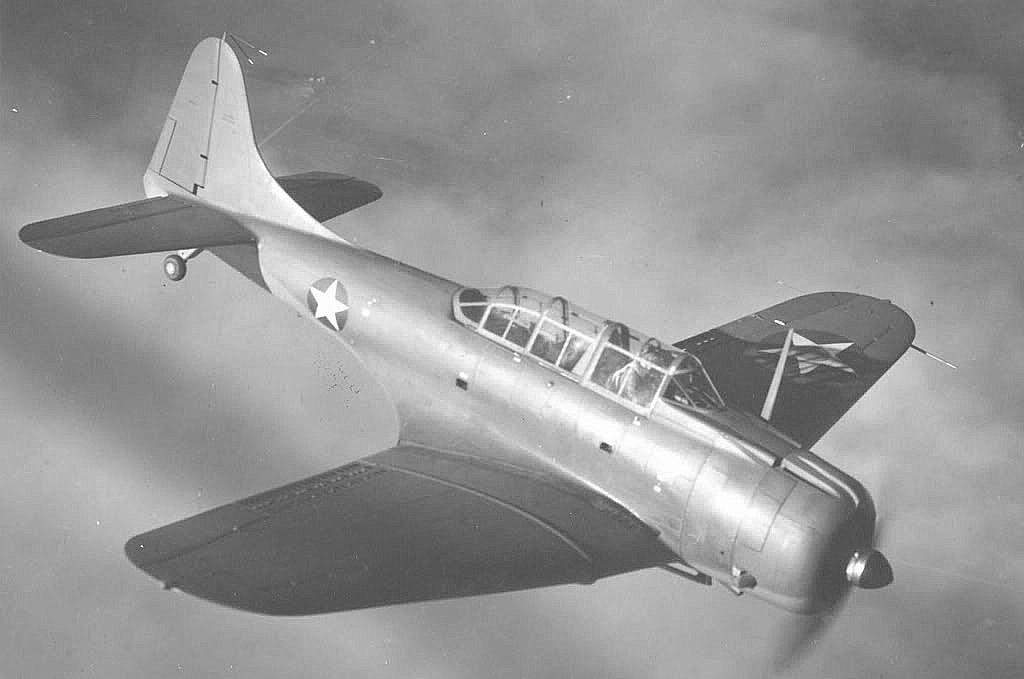
Douglas A-24 Banshee

Curtiss A-25 Shrike

Douglas A-24 Banshee

Vultee A-35 Vengeance
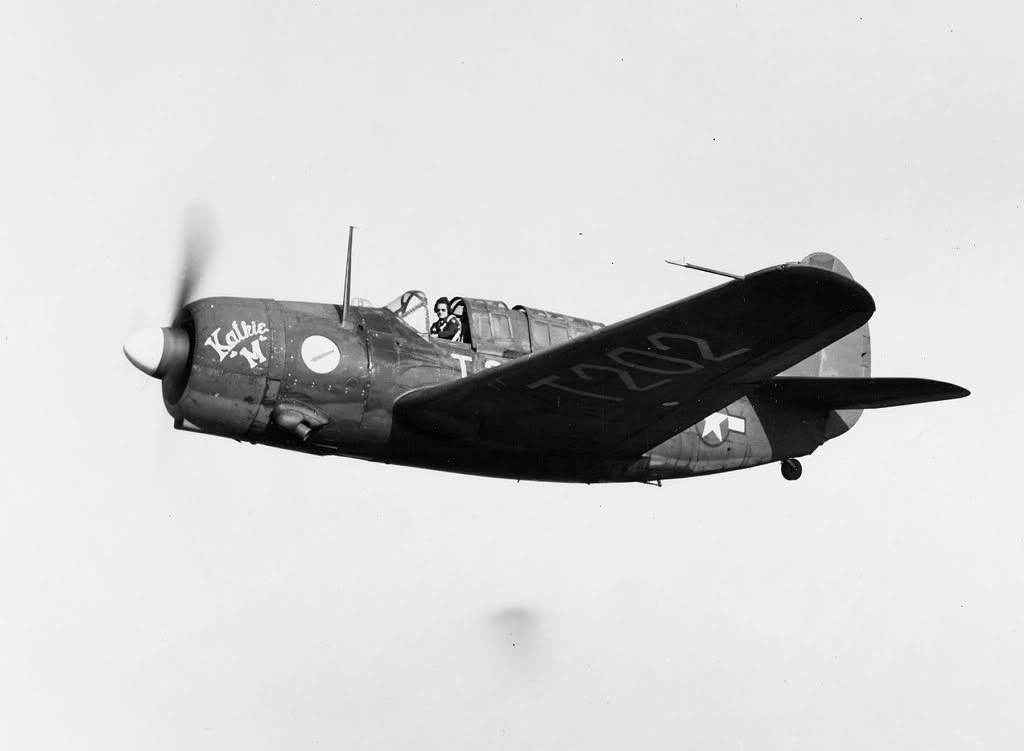
Curtiss A-25 Shrike
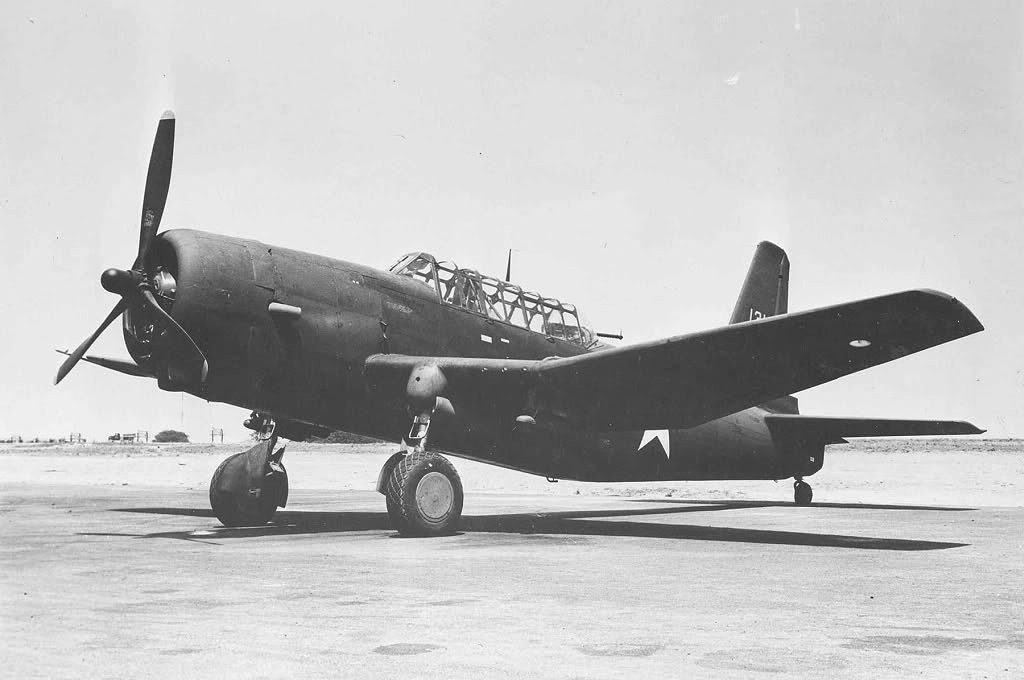
Vultee A-35 Vengeance
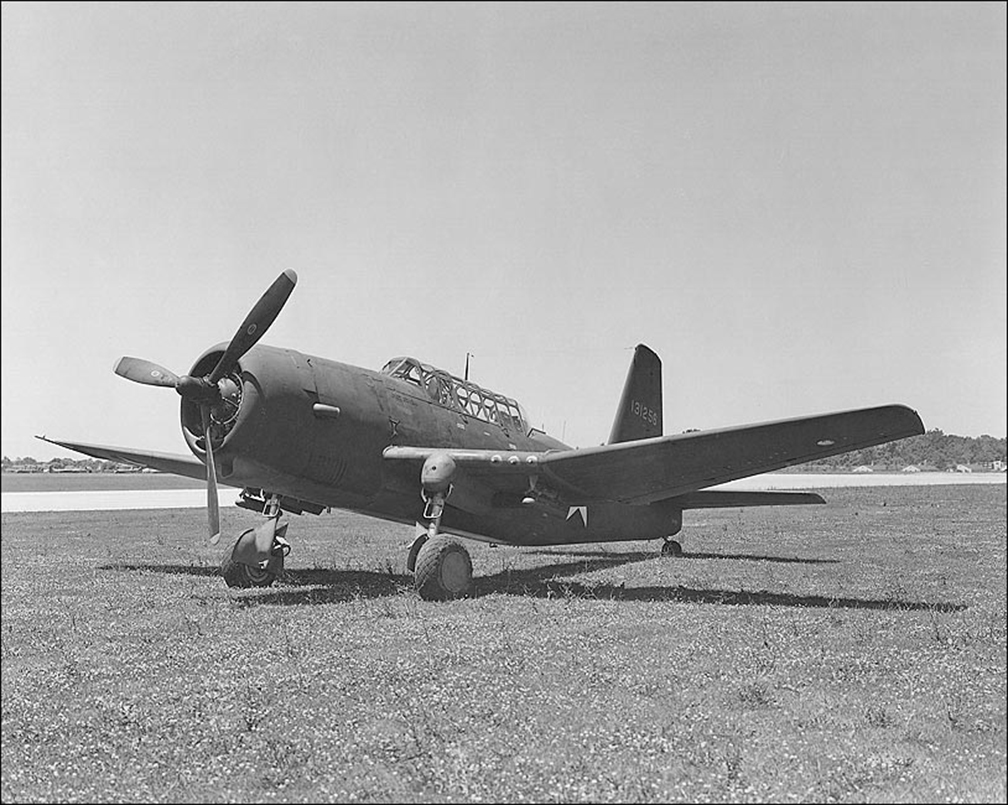
Vultee A-35 Vengeance

Douglas A-24 Banshee

Curtiss A-25 Shrike

Curtiss A-25 Shrike
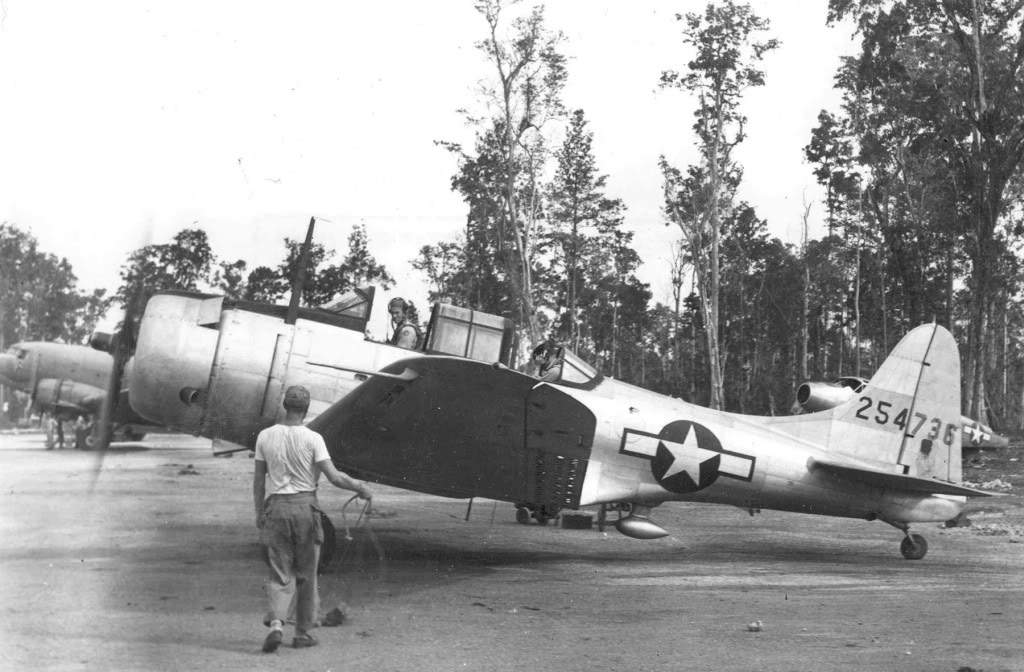
Douglas A-24 Banshee
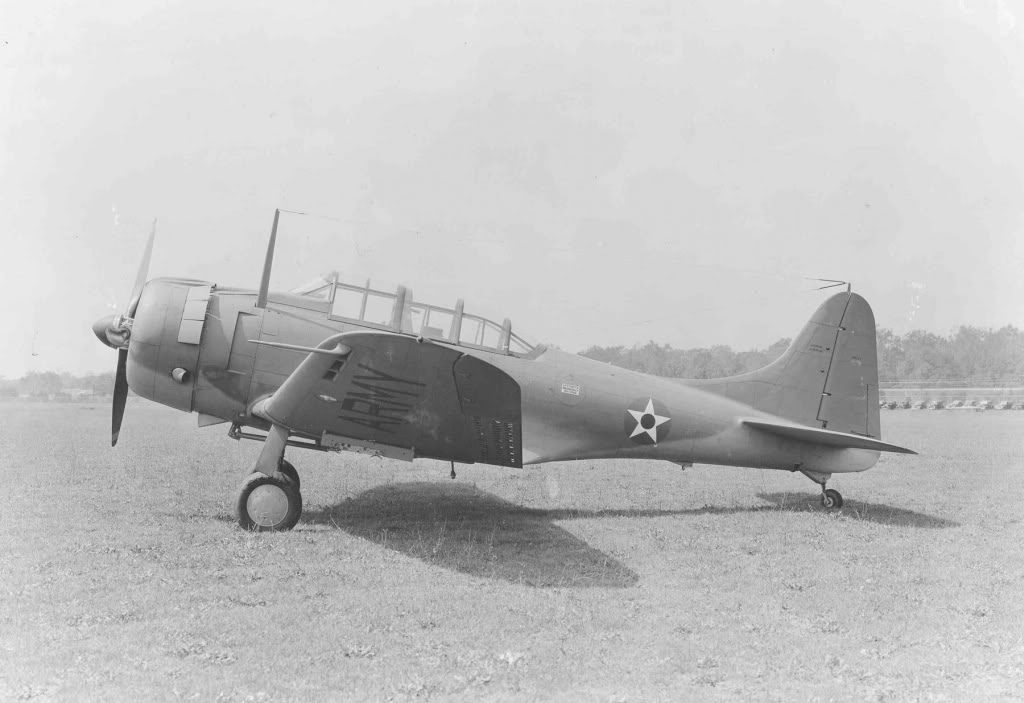
Douglas A-24 Banshee
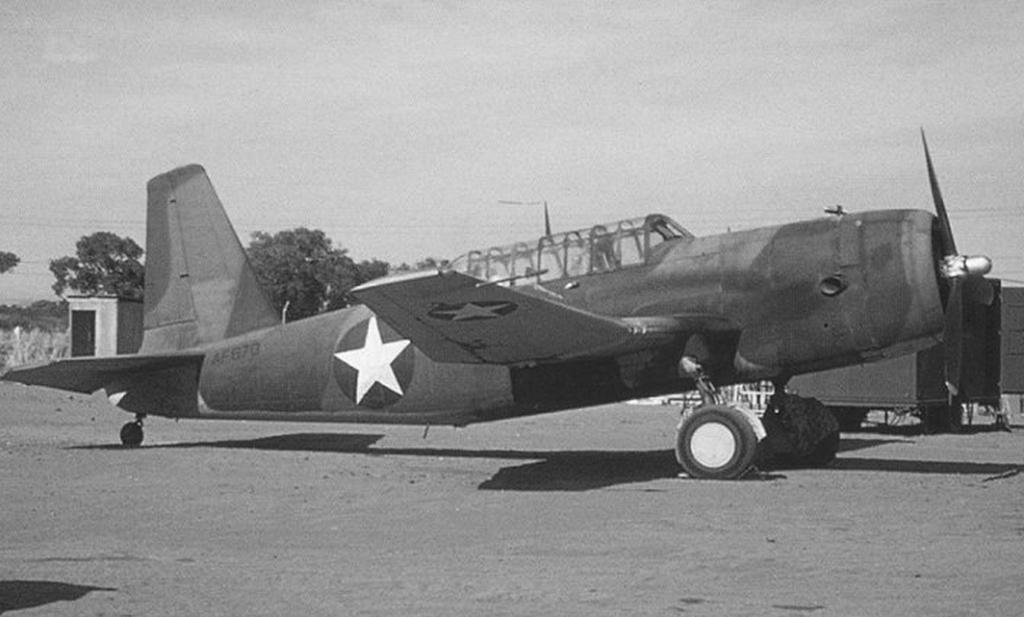
Vultee A-31 Vengeance

Curtiss A-25 Shrike
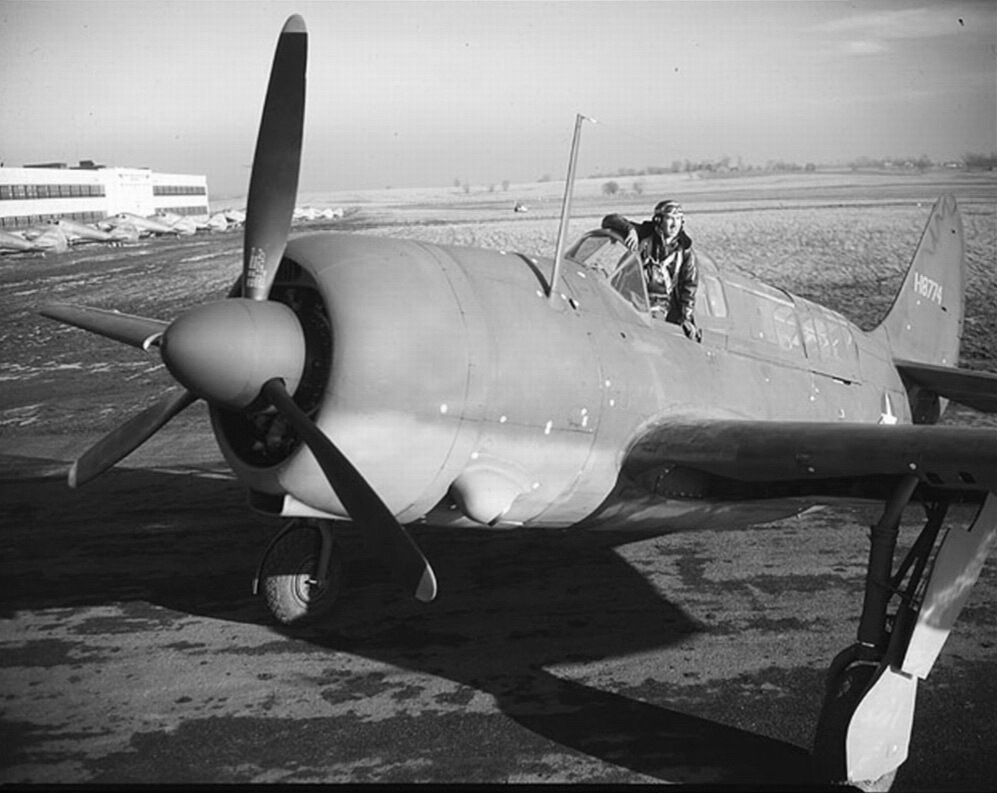
Douglas A-24 Banshee
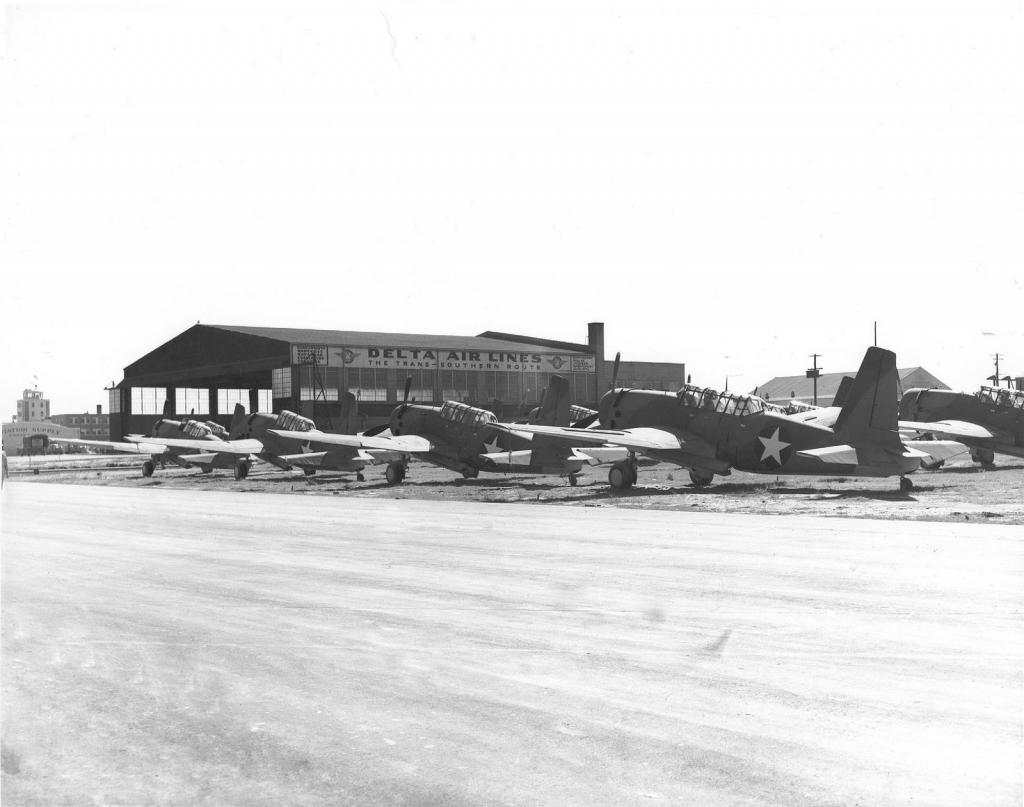
Vultee A-35 Vengeance
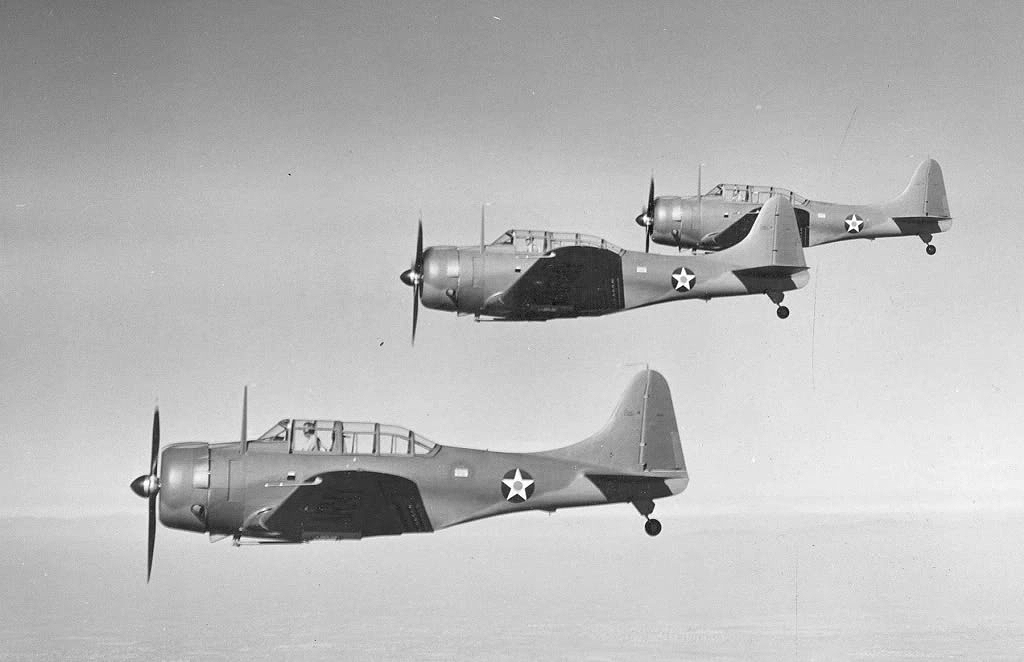
Douglas A-24 Banshee
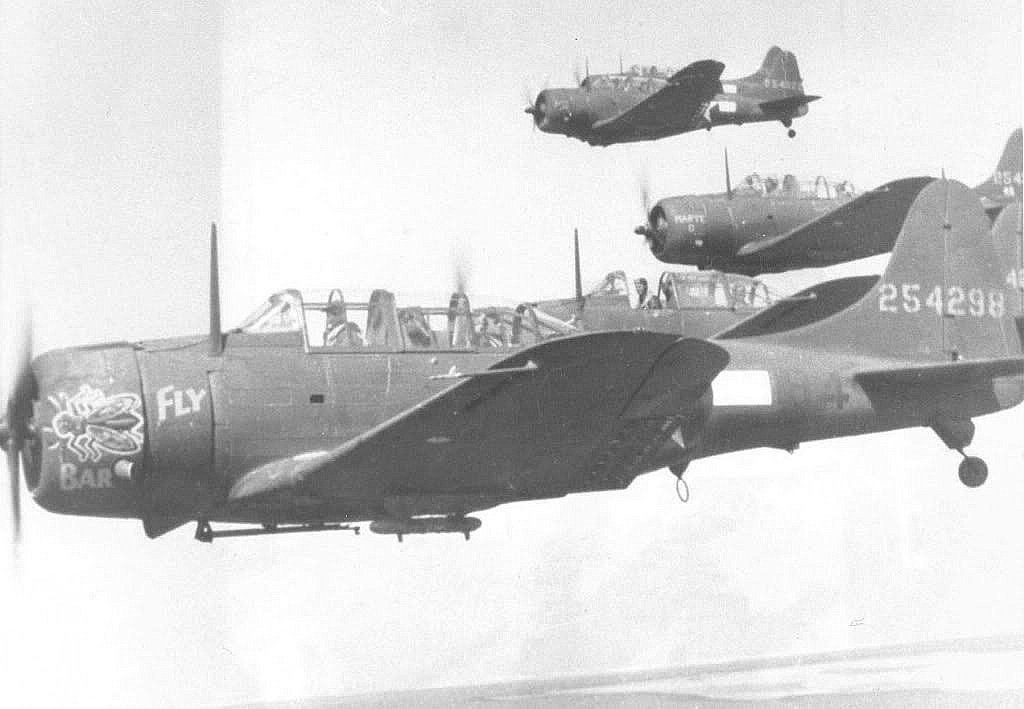
Douglas A-24 Banshee
Per request ... lets see if I can put these together in some sort of groovy way.
The U.S. Army Air Force had its own version of the SBD, called the A-24 Banshee. It lacked the tail hook used for carrier landings, and a pneumatic tire replaced the solid tail wheel. First assigned to the 27th Bombardment Group (Light) at Hunter Field, Georgia, A-24s flew in the Louisiana maneuvers of September 1941. There were three versions of the Banshee (A-24, A-24A and A-24B) flown by the Army to a very minor degree in the early stages of the war. The USAAF used 948 of the 5,937 Dauntlesses built. Wiki
Built at Curtiss' St. Louis plant, 900 aircraft were ordered by the USAAF under the designation A-25A Shrike. The first 10 aircraft had folding wings, while the remainder of the production order omitted this unnecessary feature. Many other changes distinguished the A-25A, including larger main wheels, a pneumatic tail wheel, ring and bead gunsight, longer exhaust stubs, and other Army specified radio equipment. By late 1943 when the A-25A was being introduced, the USAAF no longer had a role for the dive bomber, as fighter aircraft such as the P-47 Thunderbolt had shown their ability to carry out tactical air support missions with great success. Wiki
After offering the Shrike to Australia, only 10 were accepted before the Royal Australian Air Force rejected the remainder of the order, forcing the USAAF to send 410 to the U.S. Marines. The A-25As were converted to the SB2C-1 standard but the Marine SB2C-1 variant never saw combat, being used primarily as trainers. The remaining A-25As were similarly employed as trainers and target tugs.
The Vultee A-31 Vengeance was an American dive bomber of World War II, built by Vultee Aircraft. A modified version was designated A-35. The Vengeance was not used in combat by the United States; it did see combat, however, with the British Royal Air Force, the Royal Australian Air Force, and the Indian Air Force in Southeast Asia and the Southwest Pacific. The A-31 remained in service with U.S. units until 1945, primarily in a target-tug role. Wiki
After the U.S. entered the war following the attack on Pearl Harbor, a number of V-72 and A-31 aircraft were re-possessed for use by the Army Air Corps. As the Army Air Corps became interested in dive bombing, it decided to order production of an improved version of the Vengeance, designated the A-35, for both its own use and for supply to its allies under Lend-Lease. It was fitted with a more powerful Wright Twin Cyclone R-2600-19 engine and improved armament. As US Army test pilots disliked the poor pilot view resulting from the zero-incidence wing, this was "corrected" in the A-35, giving a better attitude in cruise but losing its accuracy as a dive bomber. Wiki
When production of the Vengeance was completed in 1944, a total of 1,931 aircraft had been produced.[7] The majority were produced at the Vultee plant in Nashville, Tennessee.

Douglas A-24 Banshee

Curtiss A-25 Shrike

Vultee A-31 Vengeance

Vultee A-35 Vengeance

Douglas A-24B Banshee

Curtiss A-25 Shrike
 ]
]Curtiss A-25 Shrike

Vultee A-35 Vengeance

Curtiss A-25 Shrike

Douglas A-24 Banshee

Curtiss A-25 Shrike

Douglas A-24 Banshee

Vultee A-35 Vengeance

Curtiss A-25 Shrike

Vultee A-35 Vengeance

Vultee A-35 Vengeance

Douglas A-24 Banshee

Curtiss A-25 Shrike

Curtiss A-25 Shrike

Douglas A-24 Banshee

Douglas A-24 Banshee

Vultee A-31 Vengeance

Curtiss A-25 Shrike

Douglas A-24 Banshee

Vultee A-35 Vengeance

Douglas A-24 Banshee

Douglas A-24 Banshee
Last edited by Mark Allen M on Sat Nov 30, 2013 12:19 pm, edited 1 time in total.
Re: A-24's, A-25's, A-31's A-35's ...
Sat Nov 30, 2013 12:08 pm
The canopy on that first Helldiver looks like it's about to leave! 
Re: A-24's, A-25's, A-31's, A-35's ...
Sat Nov 30, 2013 12:22 pm
Helldiver? What Helldiver ... 
Re: A-24's, A-25's, A-31's, A-35's ...
Sat Nov 30, 2013 1:09 pm
My apologies!!! 
That Curtiss A-25A-5-CS "Shrike", I meant.
That Curtiss A-25A-5-CS "Shrike", I meant.
Re: A-24's, A-25's, A-31's, A-35's ...
Sat Nov 30, 2013 1:13 pm
The white spots all over A-25 1-18774 are 'anti tamper' stickers, usually stamped by that particular Q.C. and installed by flight line Q.C. as a surity indicator after 'final close' inspections on safety of flight items.
I seem to remember reading somewhere that Army A-35 pilots learned to compensate dive angles with the newer wing by rolling the airplane over on it's back until just before release.
I seem to remember reading somewhere that Army A-35 pilots learned to compensate dive angles with the newer wing by rolling the airplane over on it's back until just before release.
Re: A-24's, A-25's, A-31's, A-35's ...
Sat Nov 30, 2013 2:31 pm
Another great collection Mark. Thanks yet again for your efforts! I especially liked the two Vengeances which retained their original RAF serial numbers - AF769 and AF870. They were part of a batch of 200 (AF745-AF944) scheduled for delivery to the RAF but diverted to the USAAC and Royal Australian AF after Pearl Harbor. Only AF746 made it to the UK - by ship. Later batches saw operational service with the RAF in India and Burma.
Dave
Dave
Re: A-24's, A-25's, A-31's, A-35's ...
Sat Nov 30, 2013 3:30 pm
T202 = Mather Field training code?
Re: A-24's, A-25's, A-31's, A-35's ...
Sun Dec 01, 2013 11:22 am
Years ago, I found and bought a WWII black recognition model of the Vultee.
Few people seem to know what it is.
I'd like to donate it to a worthy museum (for display, not as ebay material or end up the someone's private collection)...or sell it to a collector.
Few people seem to know what it is.
I'd like to donate it to a worthy museum (for display, not as ebay material or end up the someone's private collection)...or sell it to a collector.
Re: A-24's, A-25's, A-31's, A-35's ...
Sun Dec 01, 2013 12:09 pm
John: Should you not be able to find a suitable museum within a raesonable time, I'd be interested in the model. The Vengence is one of my favorites.
Re: A-24's, A-25's, A-31's, A-35's ...
Sun Dec 01, 2013 12:50 pm
Chris Brame wrote:
T202 = Mather Field training code?
Chris,
NMUSAF website gives this pic's details as: Helen A. Snapp pilots an A-25A on a tow mission near Camp Stewart, Ga., in June 1944.
Try clicking through the series of four photos at this NMUSAF link (I wonder if Helen is one of the WASPs in pics #3 and/or #4?).
http://www.nationalmuseum.af.mil/factsh ... asp?id=480
Isn't this also the scheme the museum decided to use for their Shrike once it goes on display?
Re: A-24's, A-25's, A-31's, A-35's ...
Sun Dec 01, 2013 1:02 pm
From studying a number of photos of early SB2C-1 and -1A models and the A-25, it seems that the pilot's canopy was different from later models, in that the rear hinged or otherwise moved upwards to slide over the fixed canopy behind it. The photo with the canopy just cracked open clearly shows this as does the photo above this post, showing the canopy full open and slanted slightly down. I haven't found any written documentation of this - anyone have any?
Randy
Randy
Re: A-24's, A-25's, A-31's, A-35's ...
Thu Dec 05, 2013 8:52 pm
Mark Allen M wrote:Per request ... lets see if I can put these together in some sort of groovy way.Sources: SDASM archives. (U.S. Air Force photos)
Built at Curtiss' St. Louis plant, 900 aircraft were ordered by the USAAF under the designation A-25A Shrike. The first 10 aircraft had folding wings, while the remainder of the production order omitted this unnecessary feature. Many other changes distinguished the A-25A, including larger main wheels, a pneumatic tail wheel, ring and bead gunsight, longer exhaust stubs, and other Army specified radio equipment. By late 1943 when the A-25A was being introduced, the USAAF no longer had a role for the dive bomber, as fighter aircraft such as the P-47 Thunderbolt had shown their ability to carry out tactical air support missions with great success. Wiki
After offering the Shrike to Australia, only 10 were accepted before the Royal Australian Air Force rejected the remainder of the order, forcing the USAAF to send 410 to the U.S. Marines. The A-25As were converted to the SB2C-1 standard but the Marine SB2C-1 variant never saw combat, being used primarily as trainers. The remaining A-25As were similarly employed as trainers and target tugs.
Curtiss A-25 Shrike
Just wondering...how often did the Army need to torpedo something?
And would they have really known what to do with a torpedo?
Great job once again, Mark. Thanks...as always!
PS The Vultee aircraft depicted here (in this thread that is, not specifically in the photo I reprised above) IMHO have to be some of the mfugliest ever to "grace" (no, that really isn't applicable!) the sky....
Re: A-24's, A-25's, A-31's, A-35's ...
Sat Jan 25, 2014 5:15 pm
Does anyone know what the nose art was on the metal A-25? A yokel in a black hat? Any help would be greatly appreciated. Thanks in advance
Re: A-24's, A-25's, A-31's, A-35's ...
Sat Jan 25, 2014 7:49 pm
RE: "T" coded A-25
Since this aircraft was on a target tug mission near Camp Stewart, GA I have to surmise that it was based at Turner Field, GA. Turner and Mather (CA) were the only fields that used "T".
Since this aircraft was on a target tug mission near Camp Stewart, GA I have to surmise that it was based at Turner Field, GA. Turner and Mather (CA) were the only fields that used "T".
Re: A-24's, A-25's, A-31's, A-35's ...
Sun Jan 26, 2014 1:50 am
JohnB wrote:Years ago, I found and bought a WWII black recognition model of the Vultee. Few people seem to know what it is.
I'd never heard of the type myself until I saw a model of one at a model show in my late teens. I was immediately intrigued by that weird double-taper wing. I think the only complete survivor is the one in the Camden Aviation Museum in Australia, although a book I have mentions some partial remains of another..I've heard mention of one being restored in OZ or NZ, I wonder if it may be using those surviving components as a basis. It'd be awesome to see one in the air.
SN

